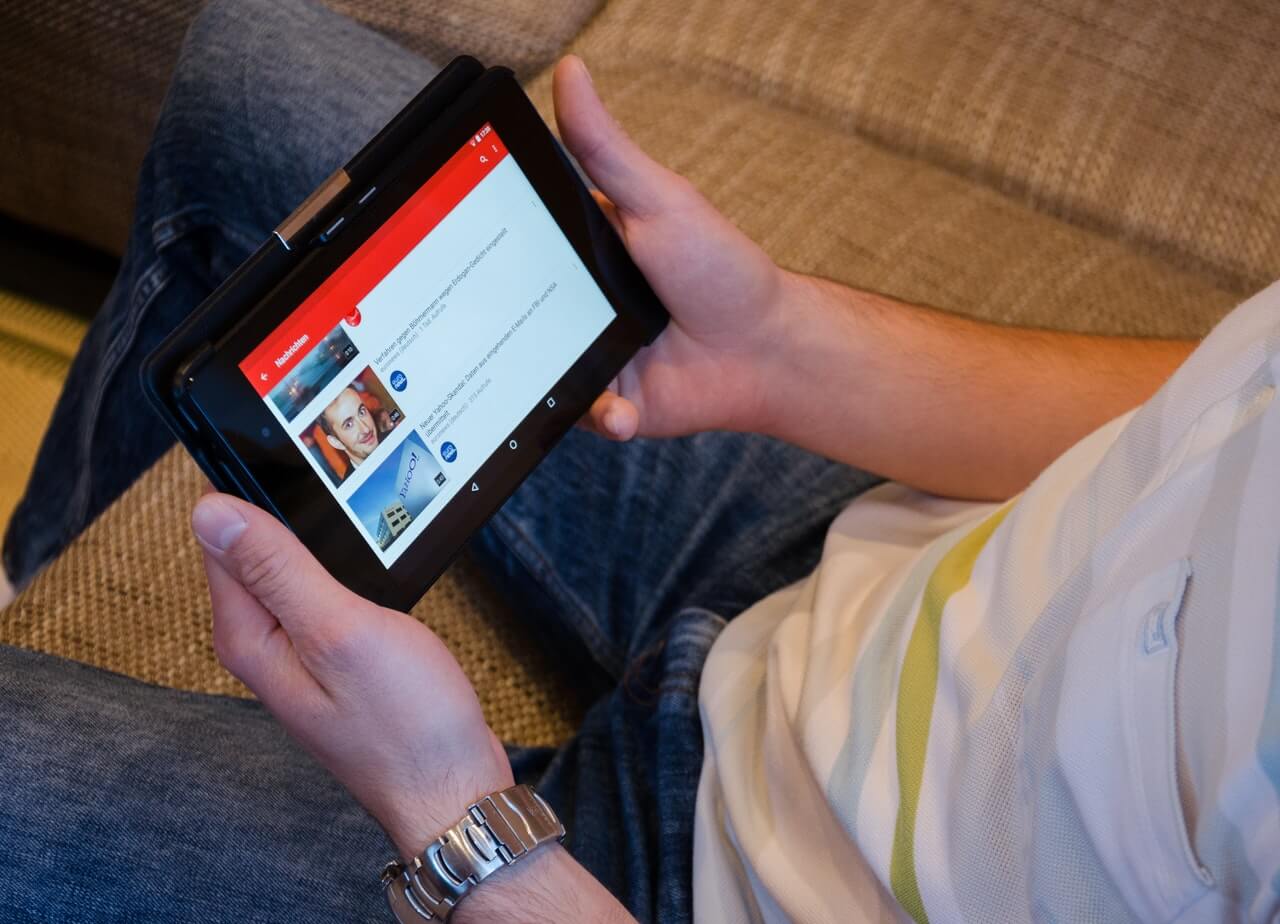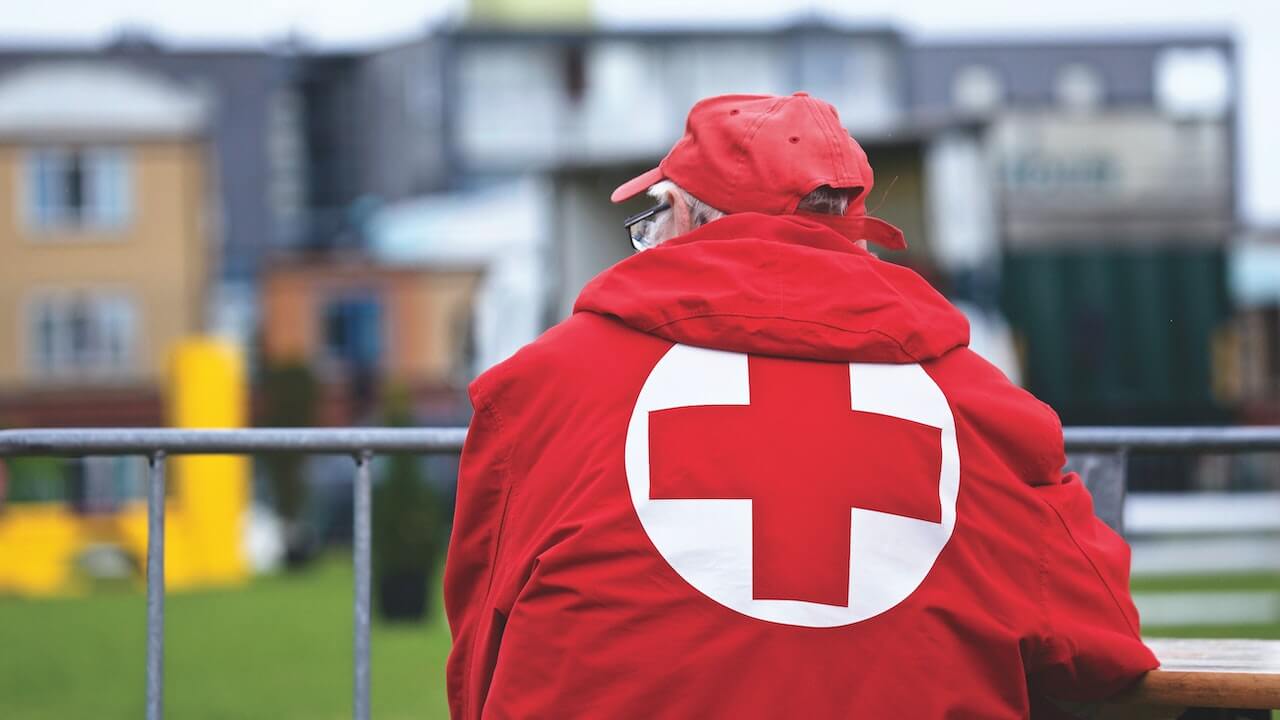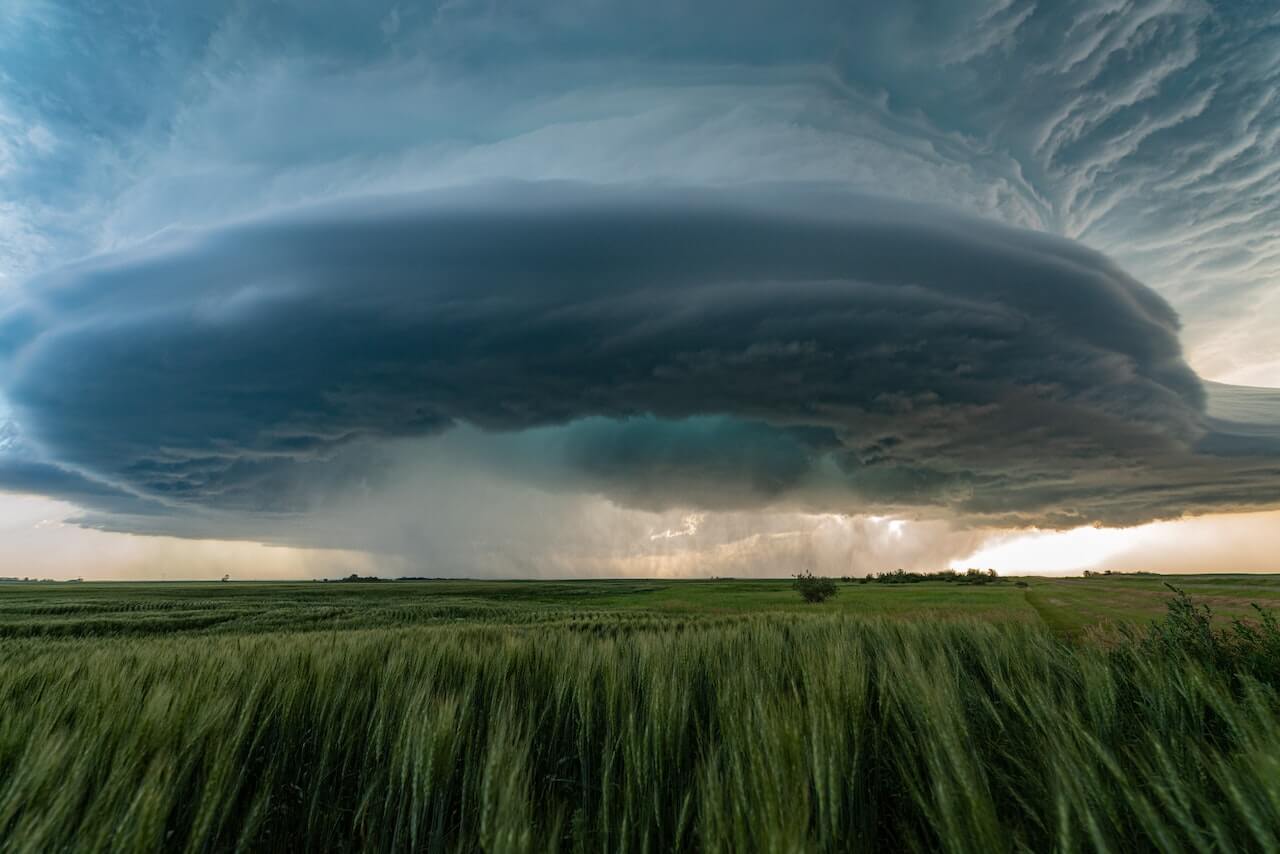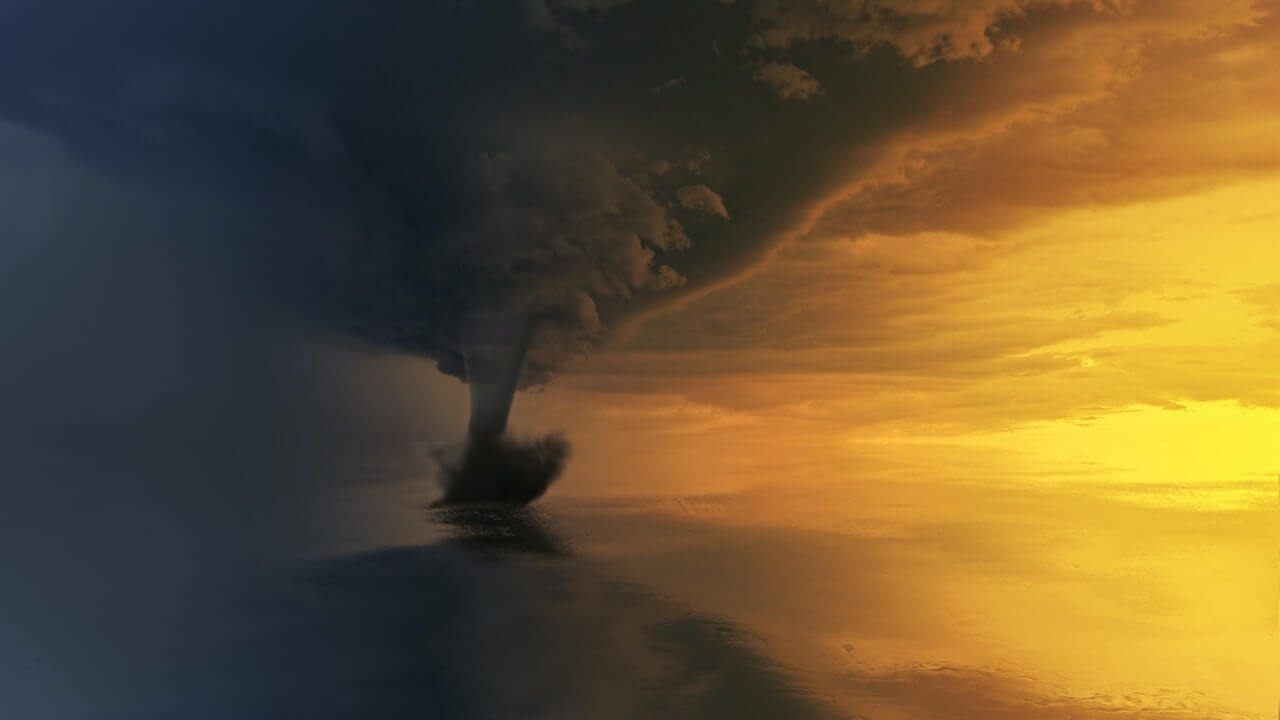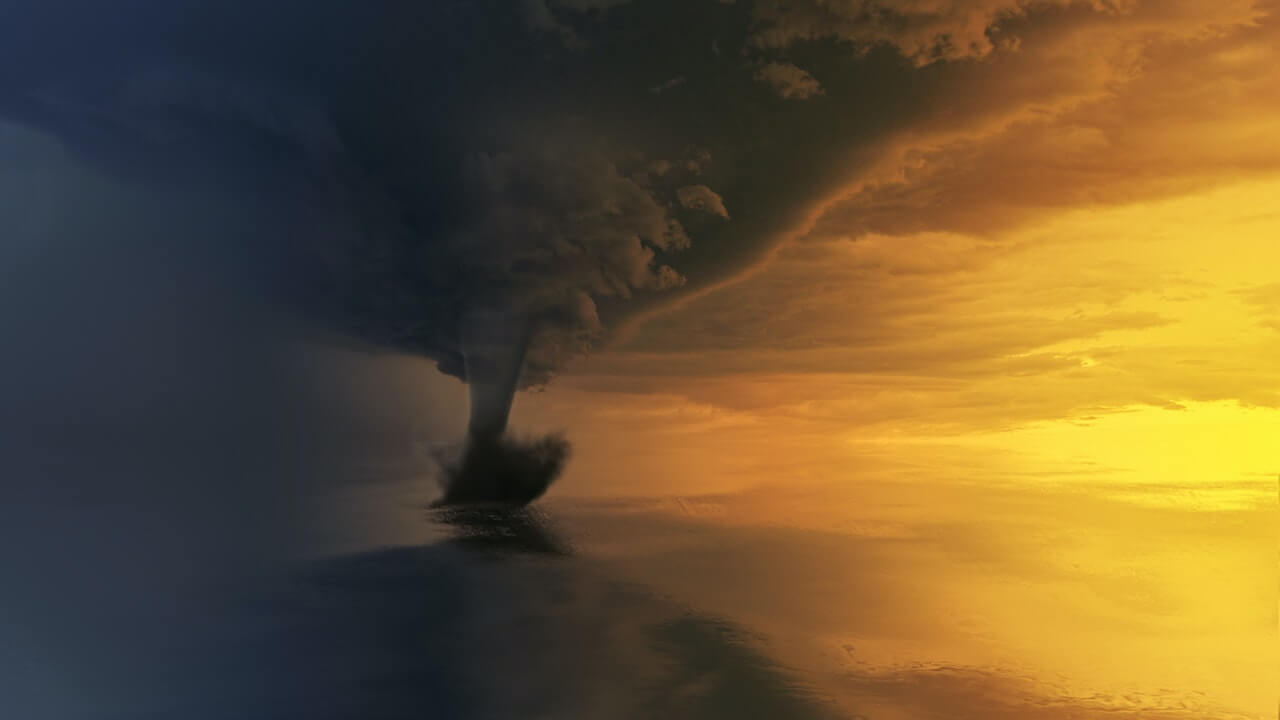When it’s OK to laugh, and when it’s not
When Richard Neill posted a sarcastic comment on the Facebook page of Euro female care company Bodyform lambasting their “lies” about a woman’s time of the month, he probably expected to link it to a couple friends and have a good laugh.
However, much as with Lowcostholidays.com’s recent social media score, Bodyform recognizes the insane popularity of and unprecedented opportunities presented by social media, and quickly went to work crafting a response.
Here it is:
Bodyform absolutely nailed it here, and the video quickly went viral. By the next day, people that had never even heard of Bodyform (your authors included) were sharing and talking about the video. In the process, Bodyform firmly established itself in many minds as a straight-shooting company that “gets” the ‘net and its users, a huge boon when the vast majority of your target audience lies in that demographic.
Now, Bodyform’s video wasn’t truly in response to a crisis, but the fact still stands that humor, used properly, can be a powerful crisis management device. By coincidence, we have another example from the same industry. Remember the uproar over J&J’s o.b. Tampons shortage? Boxes were selling for outrageous amounts on EBay, and customers who couldn’t get ahold of the product were barraging J&J’s social media pages with requests and angry comments.
Did J&J trot out a stuffy corporate spokesman in reply? Nope! Recognizing that the situation, while undoubtedly containing the possibility of reputation damage, did not hold serious health or financial consequences for stakeholders, J&J instead opted for a brilliantly hilarious video response. As a result J&J also received applause from all corners of the web, and in the process reassured customers itching for the return of their favorite product.
Of course, there are those times when you absolutely should NOT attempt to use humor for crisis management. We would hope it’s quite obvious that any time when people have been harmed, or are at risk of being harmed, is no time to look for laughs. Another no-go for humor is When financial damage is involved. I don’t think anyone would have been laughing if Bank of America made a silly song and dance about jacking up their banking fees.
Just as with any other type of crisis communication, you’ve got to take a hard look at what your stakeholder’s perceptions will be. If you show your “funny” clip to a few test audiences and spot looks of disgust then don’t even bother, you’re going down the wrong road. If people are having so much fun they’re forgetting what they were mad about in the first place, you just may have a viral video on your hands.
——————————-
For more resources, see the Free Management Library topic: Crisis Management
——————————-
[Jonathan Bernstein is president of Bernstein Crisis Management, Inc., an international crisis management consultancy, author of Manager’s Guide to Crisis Management and Keeping the Wolves at Bay – Media Training. Erik Bernstein is Social Media Manager for the firm, and also editor of its newsletter, Crisis Manager]




